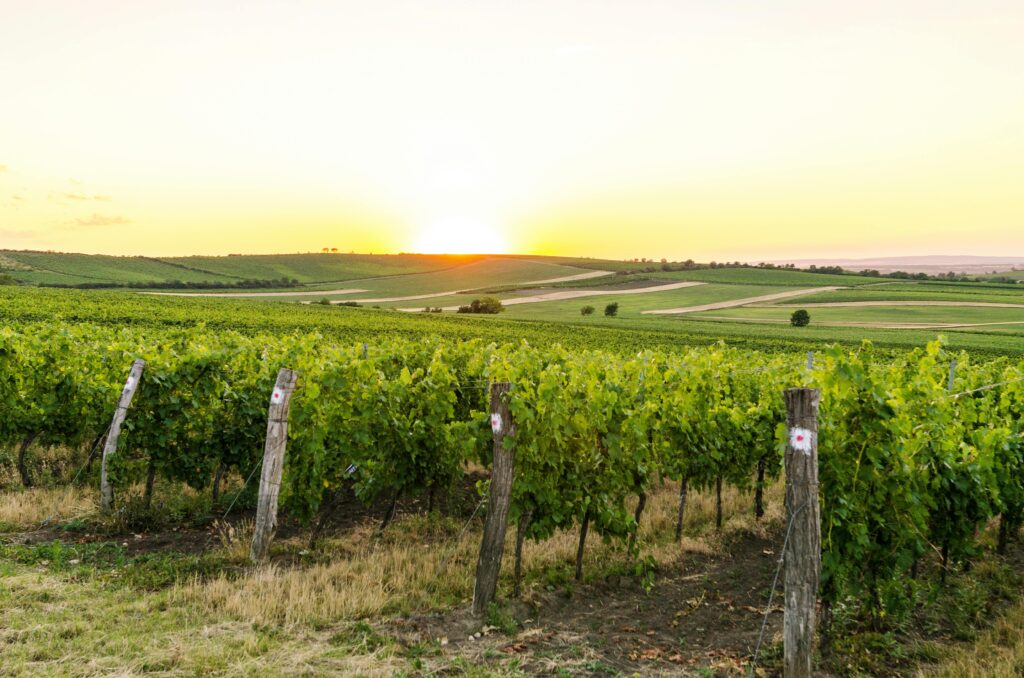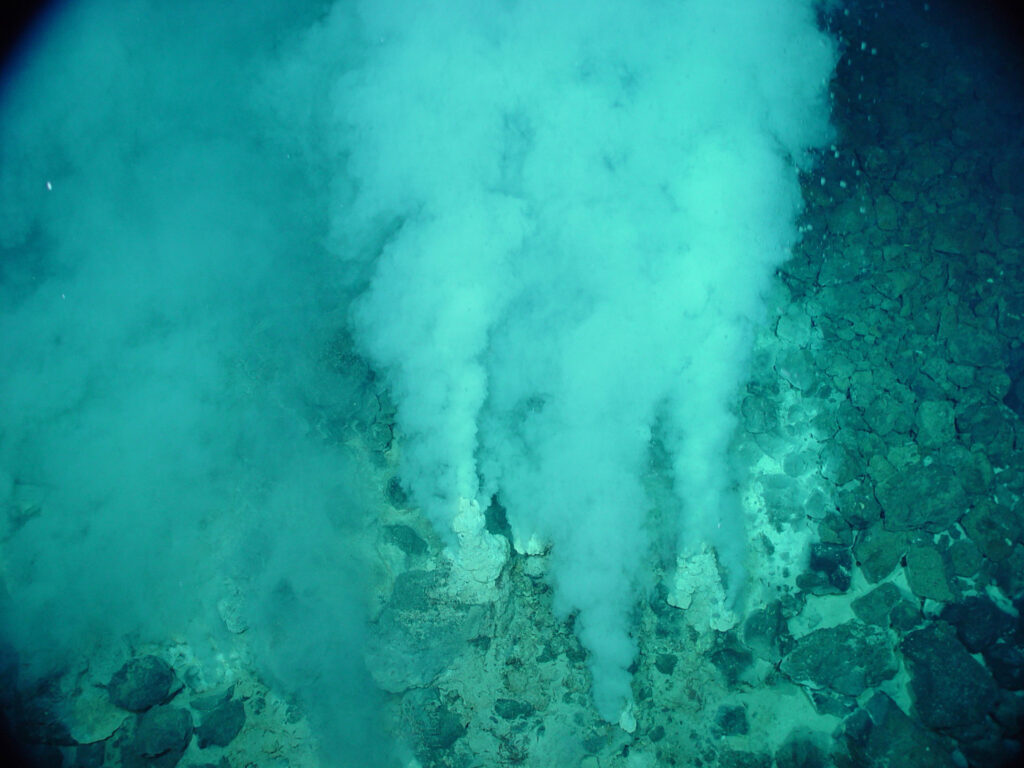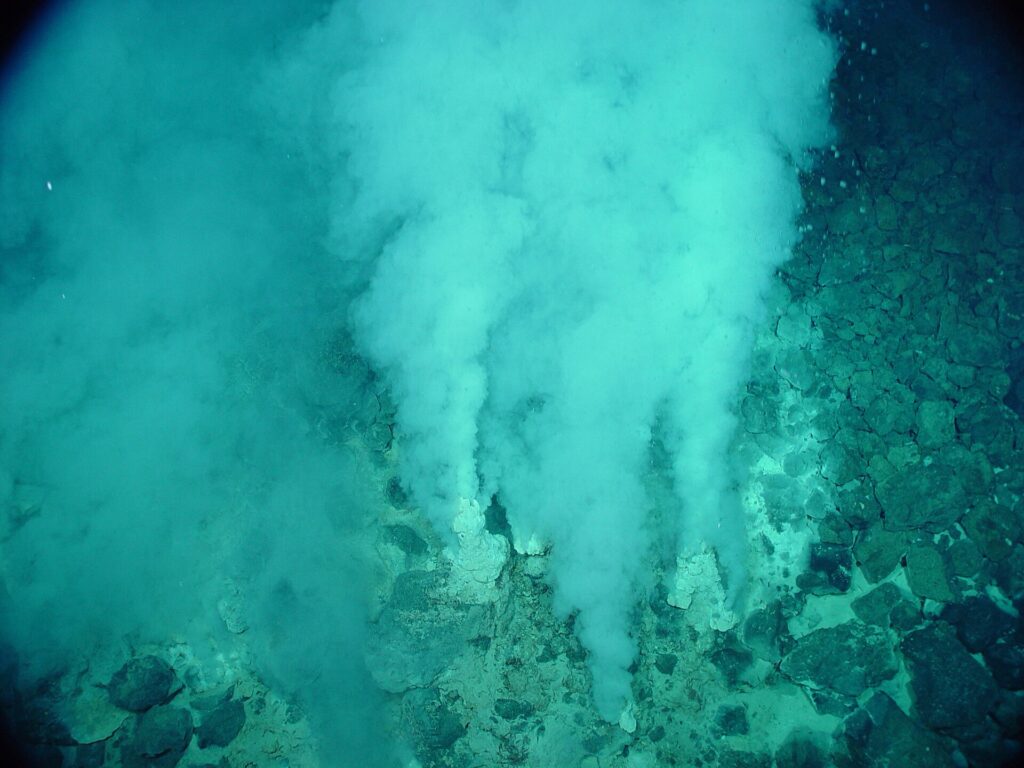
Crédito de la imagen: Dominio público (Pexels)
Artículo: La pérdida de carbono orgánico del suelo disminuye la biodiversidad, pero estimula interacciones multitróficas que promueven el metabolismo en el subsuelo.
Autores: Ye Li, Zengming Chen, Cameron Wagg, Michael J. Castellano, Nan Zhang, Weixin Ding.
Pocos problemas son tan urgentes y relevantes para el futuro de nuestra especie como el cambio climático. Cuando consideramos sus devastadores impactos, lo primero en lo que pensamos es en glaciares y osos polares. Sin embargo, una nueva investigación enfoca nuestra atención en organismos mucho más pequeños, los microorganismos, como protagonistas principales en la estabilidad del suelo y la prevención del colapso de la agricultura bajo el calentamiento global.
Continue reading “Los impactos del calentamiento global en el almacenamiento de carbono en el suelo, la biodiversidad y el rendimiento de los cultivos”

